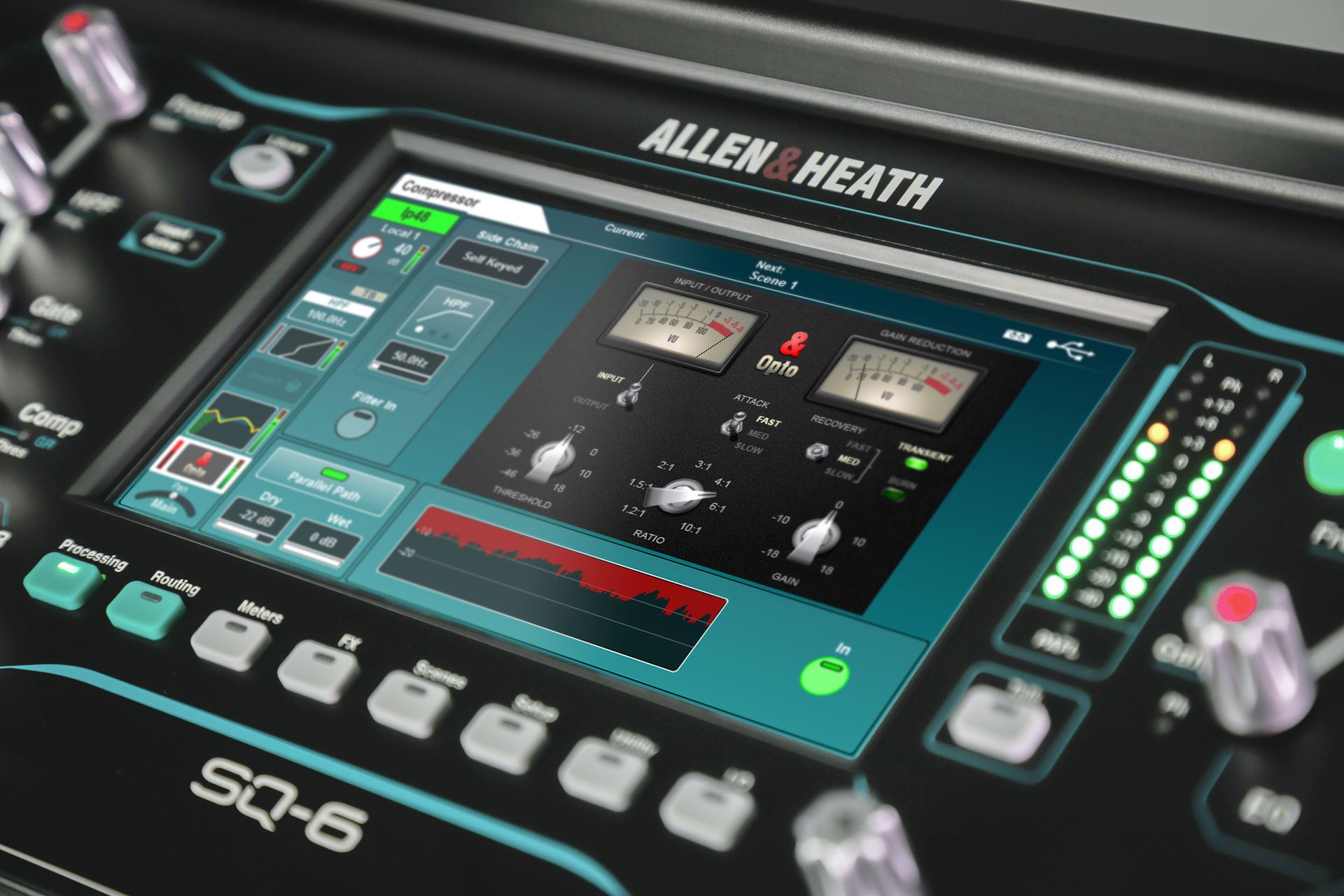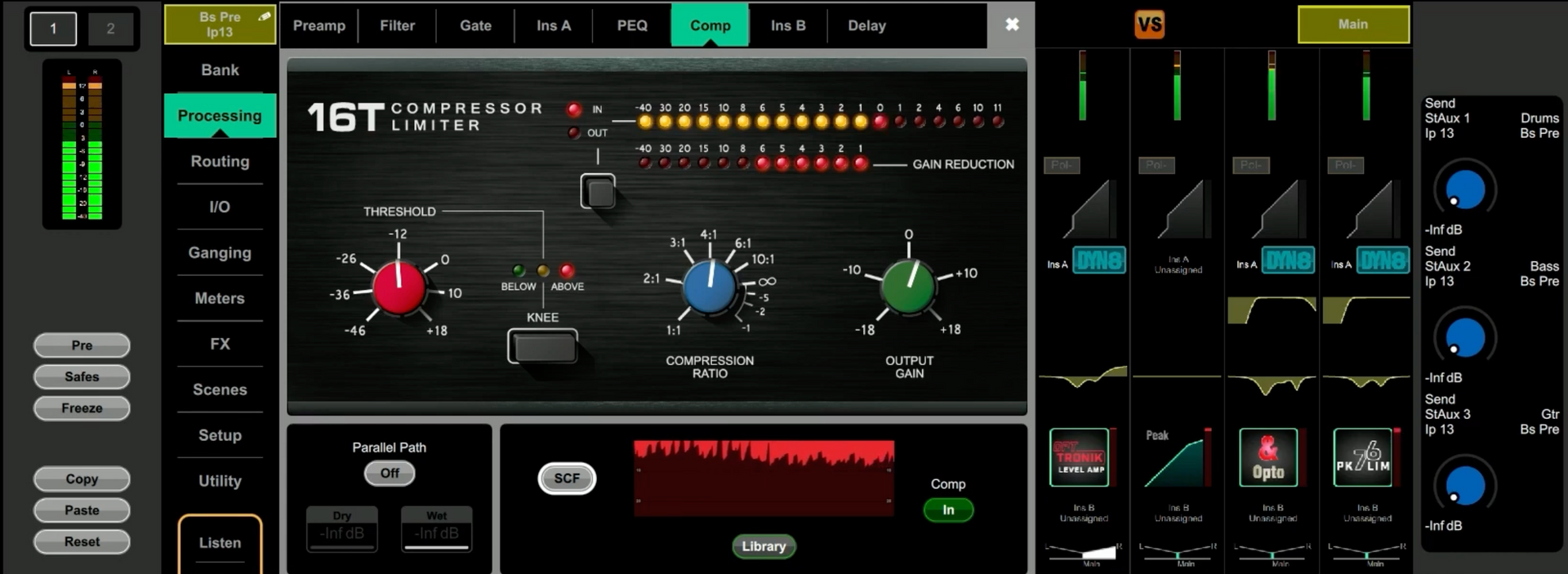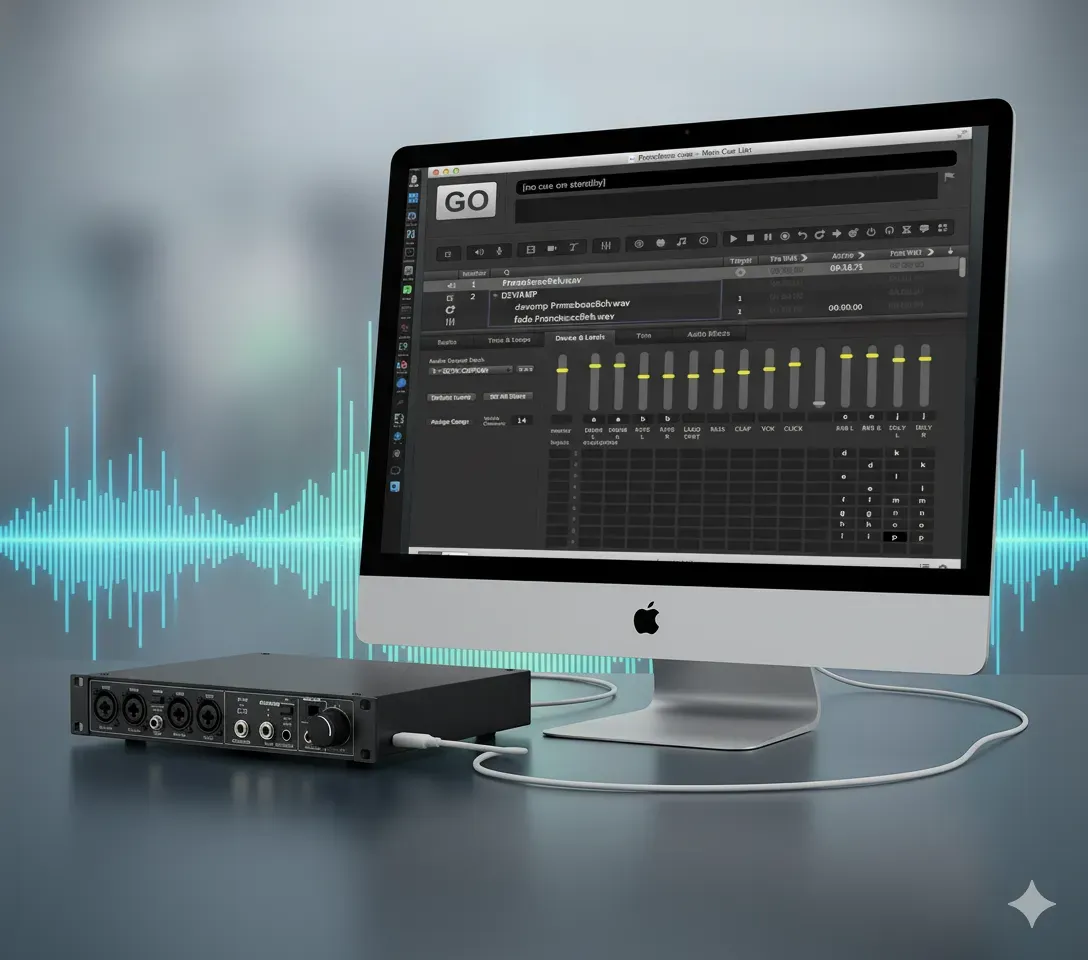How To Use a Compressor in Live Sound
Compressors In Live Sound - A Step-by-Step Guide
One crucial tool in your audio engineer toolkit is the compressor. This little device can be a game changer when it comes to managing the dynamics of your mix. But what exactly is a compressor, and how do you use it? Let's dive in!
What is a Compressor?
In the simplest terms, a compressor is a device that controls the dynamic range of an audio signal. The dynamic range is the difference between the loudest and softest parts of a sound. By using a compressor, you can ensure that your quiet parts aren't too soft, and your loud parts aren't too loud, leading to a balanced and pleasant listening experience.
Controls on a Compressor
Understanding the controls on a compressor is key to using it effectively. Here are the basic controls you will find on most compressors:
1. Threshold: This is the level at which the compressor starts to work. If the signal level goes above the threshold, the compressor kicks in.
2. Ratio: This control determines how much compression is applied once the signal goes above the threshold. For example, a ratio of 4:1 means that for every 4dB above the threshold, the output will only increase by 1dB.
3. Attack: This is how quickly the compressor starts working after the signal exceeds the threshold.
4. Release: This control sets how long it takes for the compressor to stop compressing after the signal drops below the threshold.
5. Make-up Gain or Output: After compression, the level of the signal is often lower than the original. The make-up gain allows you to boost the compressed signal back up to a desired level.
How to Use a Compressor in Live Sound
Now that you're familiar with the controls, let's discuss how to use a compressor in a live sound context.
1. Set the Threshold: Start with your threshold at 0dB (or the maximum value), and then lower it until the compressor starts to react to the loudest parts of the input signal.
2. Choose a Ratio: A good starting point might be a ratio of 3:1 or 4:1. This is enough to tame the dynamics without squashing them too much.
3. Adjust the Attack and Release: For vocals, a fast attack and a medium release might be a good starting point. For drums, you might want a slower attack to let the initial 'hit' come through and a faster release.
4. Set the Make-Up Gain: After setting the other controls, adjust the make-up gain so that the output level matches the input level when the compressor is bypassed.
Remember, every voice and instrument is different, so there's no one-size-fits-all setting for compressors. The best way to learn is by experimenting and using your ears.
The Magic of Compression
The magic of compression lies in its ability to smooth out the dynamics of a performance. This can help to prevent feedback, reduce vocal strain, and bring out subtle details in the music. When used correctly, compression can help to create a more polished and professional sound in your live mixes. So, don't be afraid to dive in and start experimenting with this powerful audio tool! Just maybe try it first in rehearsal, practise, or with a music track with no live performance happening and a good pair of headphones.
Happy mixing!






